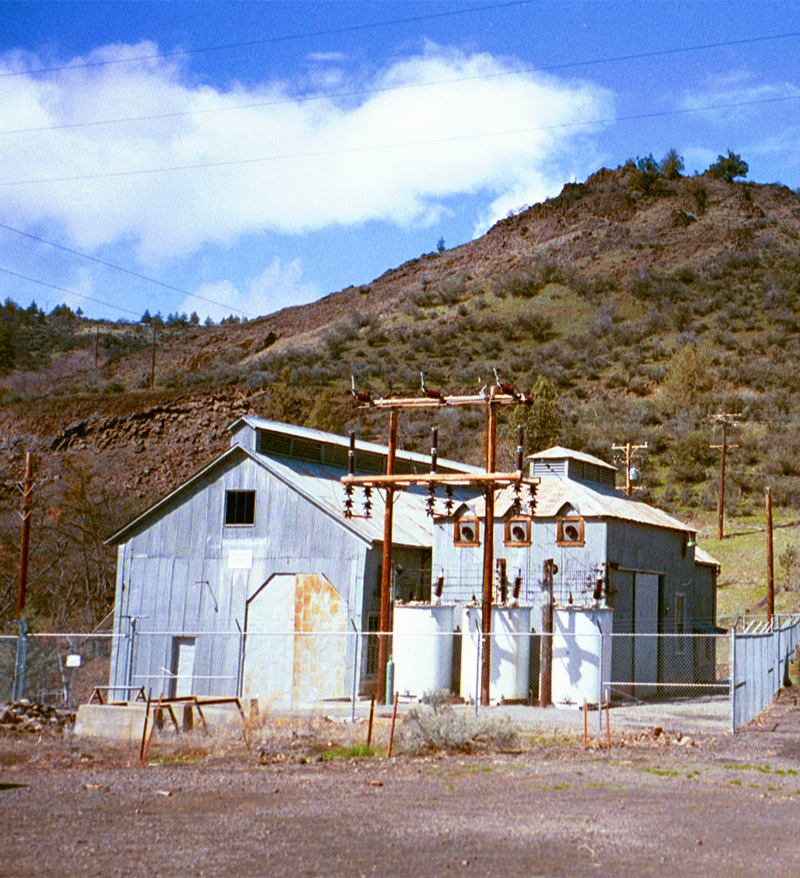Klamath River
In 2000, the Federal Energy Regulatory Commission (FERC) relicensing process was initiated for PacifiCorp's Klamath Hydroelectric Project in southern Oregon and northern California. At the time, the Klamath Hydroelectric Project consisted of seven hydroelectric developments and one non-generating dam. In 2004, following the submittal of its application for a new license for the Klamath Hydroelectric Project, PacifiCorp began settlement discussions with a diverse group of stakeholders. These discussions ultimately led to the 2010 signing of the Klamath Hydroelectric Settlement Agreement (KHSA) by PacifiCorp and more than 40 other signatories. The KHSA provided a framework that would ultimately lead to the removal of four of PacifiCorp's Klamath River dams.

In March 2018, FERC approved division of the license for the Klamath Hydroelectric Project into two separate FERC licenses. In this order, PacifiCorp’s East Side, West Side, Keno, and Fall Creek developments remained in the Klamath Hydroelectric Project (FERC No. P-2082). J.C. Boyle, Copco No. 1, Copco No. 2, and Iron Gate developments were placed into the Lower Klamath Project (FERC No. P-14803). In 2020, PacifiCorp submitted an application to FERC to transfer the license for the Lower Klamath Project from PacifiCorp to the Klamath River Renewal Corporation (Renewal Corporation) and the states of Oregon and California as co-licensees.
In June 2021, FERC approved transfer of the Lower Klamath Project license to the Renewal Corporation and the states of California and Oregon as co-licensees to carry out removal of the four dams in that license. FERC gave its final approval for the actual dam removal work late in November 2022. Copco No. 2 Diversion Dam was removed in the summer of 2023. Generation at J.C. Boyle, Copco No. 1, and Iron Gate powerhouses stopped in January 2024.
Information on the removal of the Lower Klamath Project can be found on the Renewal Corporation’s web page.
More information about the Klamath Hydroelectric Project
KHSA implementation
PacifiCorp has worked diligently in cooperation with parties to the KHSA and other affected stakeholders and regulatory agencies as it implemented its obligations under the KHSA. Follow the link below for implementation reports, study plans, and technical reports developed during KHSA implementation.
Water quality reports & data
See Klamath water quality reports through 2023, along with technical documents and study plans related to water quality. This includes blue-green algae (cyanobacteria) and cyanobacteria toxin monitoring reports.
Relicensing
In 2000, the FERC relicensing process was initiated for PacifiCorp's Klamath River project. See license application, resource reports and technical documents.